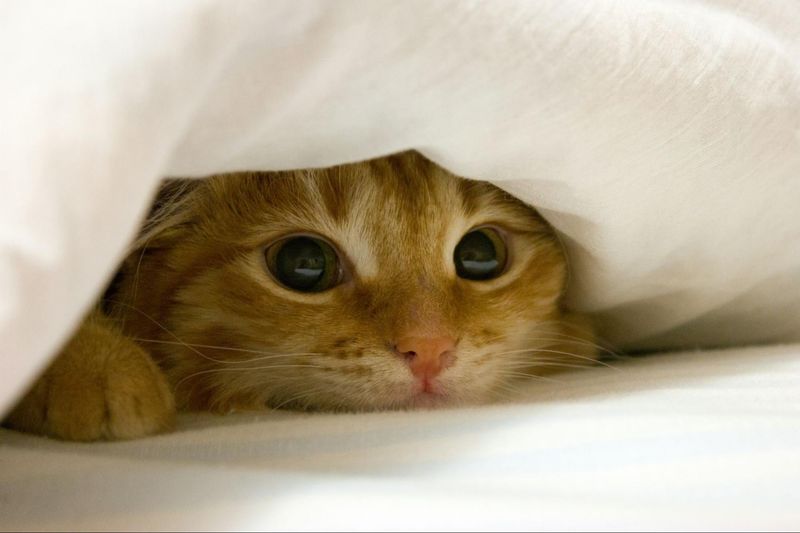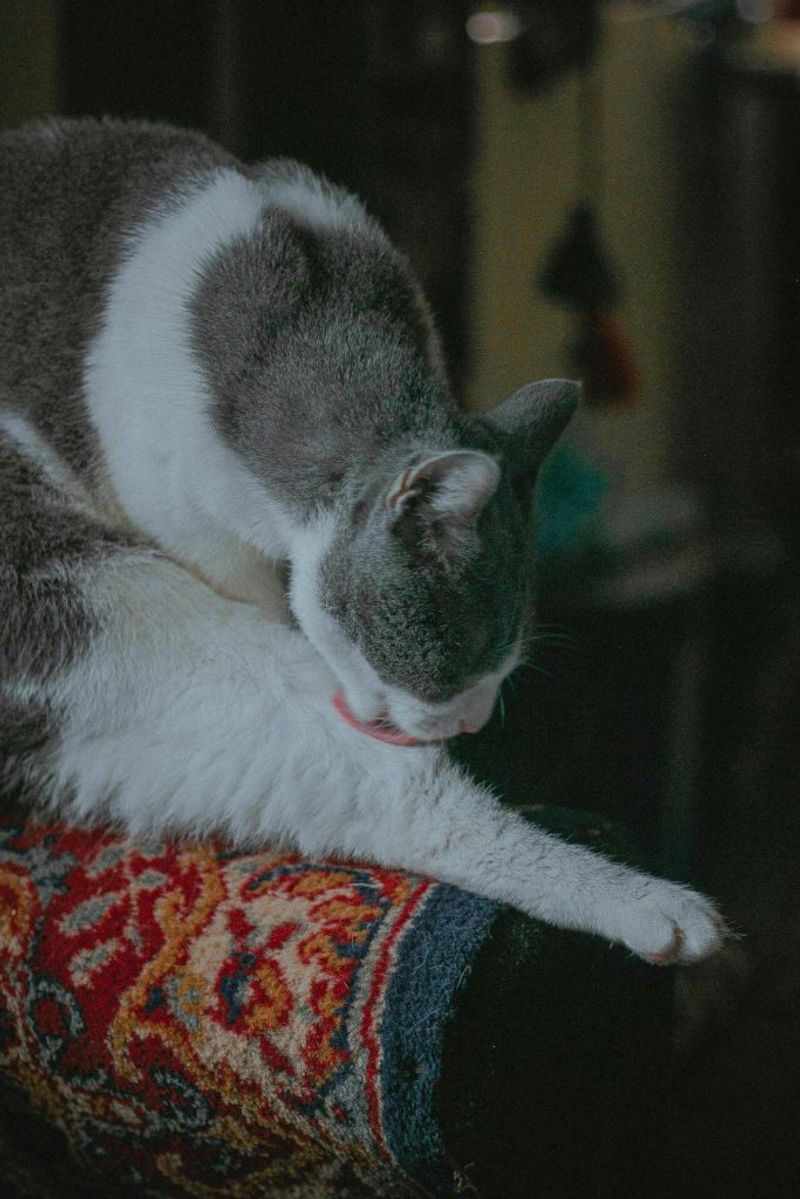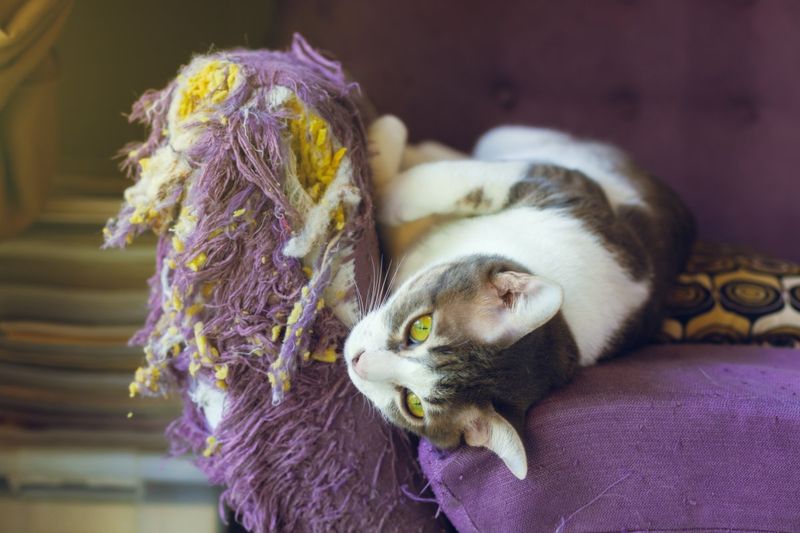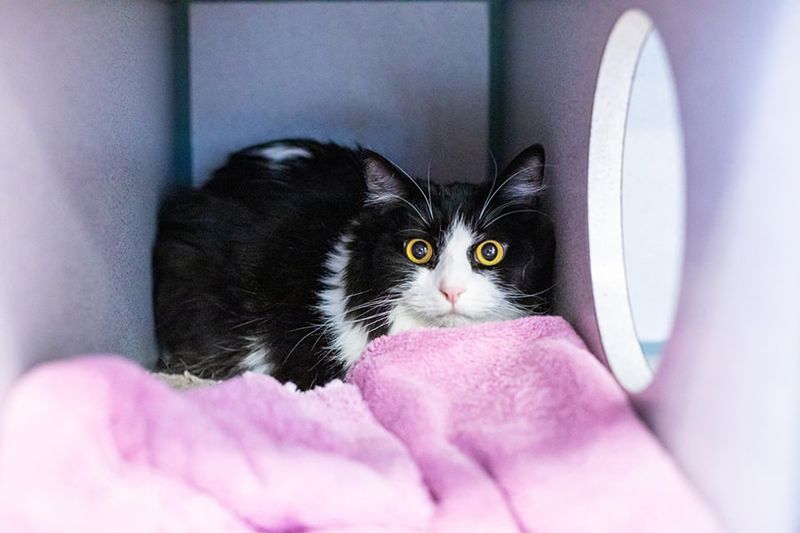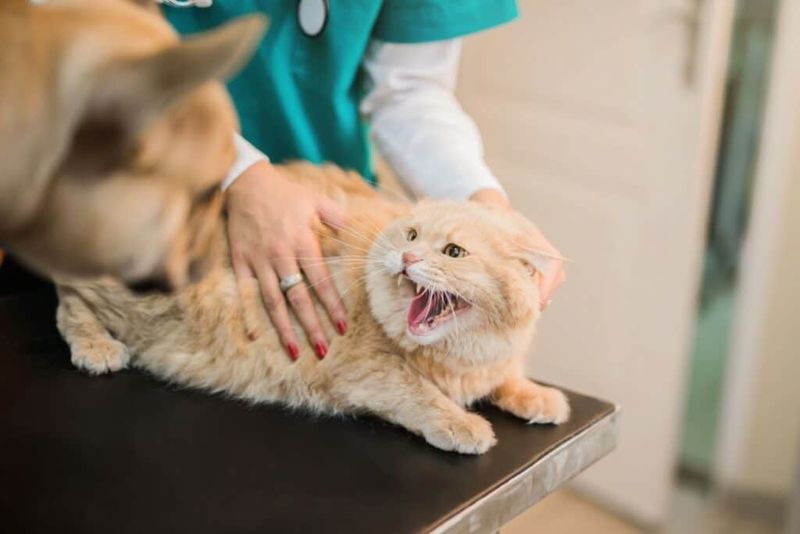📖 Table of Content:
Living with a cat means navigating their complex emotional landscape, and while felines are often seen as independent and low-maintenance companions, they are not immune to psychological stress. Anxiety in cats is a common yet frequently misunderstood condition that can manifest in subtle or overt behaviors. Recognizing these signs early can help prevent long-term issues and improve your cat’s overall quality of life.
Unlike dogs, who often display anxiety through overt gestures like barking or clinginess, cats tend to express emotional distress through behavioral changes that can be mistaken for stubbornness or personality quirks. A sudden shift in litter box habits, an increase in grooming, or a tendency to retreat from social interaction could be indicators of underlying anxiety. These actions may seem minor at first, but when they persist or escalate, they may require more than environmental enrichment or training.
For some cats, anxiety becomes so deeply ingrained that professional help and possibly medication become necessary. While medications are never the first line of treatment, they can be transformative when used responsibly under veterinary supervision. Below are seven anxiety-related feline behaviors that might indicate your cat could benefit from medical support.
1. Excessive Hiding
Retreating into dark, enclosed spaces is a natural response when cats feel overwhelmed, but when hiding becomes your cat’s dominant behavior, it often reflects chronic stress. This behavior may escalate after changes in the household such as moving, introducing new pets, or frequent visitors. Prolonged seclusion deprives cats of stimulation and socialization, which are vital to their mental health. Additionally, it may indicate that your cat perceives its environment as unsafe, even when there’s no real threat. Hiding that lasts more than a few days—especially if paired with decreased eating or activity—warrants closer observation. In some cases, behavior modification techniques like safe zones or pheromone diffusers may help, but if unsuccessful, medication could offer relief. Veterinary consultation is essential to rule out medical issues and to determine the best course of treatment.
2. Aggression Toward People or Other Pets
When a typically calm cat begins to hiss, bite, or swat unpredictably, it may not be acting out of spite but rather responding to intense internal stress. This type of aggression often stems from fear and can quickly become dangerous for household members or other animals. While some cats respond to desensitization or changes in routine, others remain reactive despite these efforts. Unlike territorial or playful aggression, anxiety-based hostility is often impulsive and difficult to manage. This behavior can deteriorate the human-animal bond and create an unsafe home environment. If training and environmental control don’t bring improvement, anxiety-reducing medications may be the next logical step. These help lower the cat’s overall arousal level, allowing them to feel safe and more receptive to positive interactions.
3. Compulsive Grooming (Overgrooming)
Obsessive grooming, especially when it results in bald patches or raw skin, is not just a quirky habit—it can be a telltale sign of emotional distress. Cats often turn to grooming as a self-soothing mechanism, much like a person biting their nails or tapping their foot. What begins as a calming behavior can spiral into a compulsive act when anxiety is chronic. This can cause significant dermatological issues and secondary infections, adding physical discomfort to the emotional strain. Stressors such as boredom, noise, or social tension commonly trigger overgrooming. Attempts to distract or engage the cat may work temporarily, but persistent grooming often needs medical intervention. Anti-anxiety medication can reduce the compulsive drive and restore balance to the cat’s daily routine.
4. Litter Box Avoidance
Urinating or defecating outside the litter box is often viewed as a behavioral problem, but it’s frequently a cat’s way of signaling that something is wrong emotionally. Cats are exceptionally clean animals, so this shift usually reflects a breakdown in their sense of security or routine. Environmental changes, new household members, or territorial competition can all contribute to this disruption. It’s crucial to rule out medical conditions like urinary tract infections before exploring psychological causes. Once health issues are cleared, a stress-related diagnosis is more likely. If consistent litter training methods and environmental tweaks don’t resolve the issue, medication can reduce the anxiety driving this behavior. A calm mind often leads to consistent and appropriate bathroom habits.
5. Destructive Behavior
Scratching furniture, tearing blinds, or incessantly knocking items off shelves might not just be mischief—it can be an anxious cry for help. Cats experiencing high stress levels may channel their unease into physical activity as a way to self-regulate. Often, this behavior spikes during periods of under-stimulation or when routines are disrupted. While some destruction is normal for playful or young cats, ongoing damage points to a deeper issue. Enriching the environment with toys, cat trees, and playtime is a good first step. However, if destruction continues despite these interventions, pharmacological support may be necessary. Calming medication can temper the restlessness, allowing your cat to engage more positively with their surroundings.
6. Excessive Vocalization
Sudden or persistent vocalizing—especially if your cat didn’t previously meow often—can be an auditory expression of anxiety. Some cats meow excessively when left alone, while others may cry at night or in unfamiliar settings. This vocalization is often linked to separation anxiety or cognitive dysfunction, particularly in older cats. Attempts to comfort or distract the cat may fall flat if the root cause isn’t addressed. Environmental enrichment and behavior training may help in mild cases, but persistent vocalizing often signals the need for additional intervention. Medication can help regulate brain chemistry and reduce the compulsion to cry out. A quieter, more peaceful home often follows once the cat feels secure.
7. Hypervigilance or Startling Easily
Startling at every noise, constantly scanning the room, or appearing perpetually “on edge” are signs of a nervous system in overdrive. This hyper-awareness might initially appear as cautiousness, but when prolonged, it takes a toll on the cat’s well-being. These behaviors often develop after trauma or sustained periods of instability, such as shelter living or being rehomed. Hypervigilant cats struggle to relax, which interferes with sleep, play, and bonding. Providing quiet spaces and predictable routines can help, but some cats remain in a heightened state of arousal. If anxiety persists despite best efforts, medication may be necessary to help recalibrate their stress response. With treatment, these cats can finally let their guard down and enjoy a calmer life.

